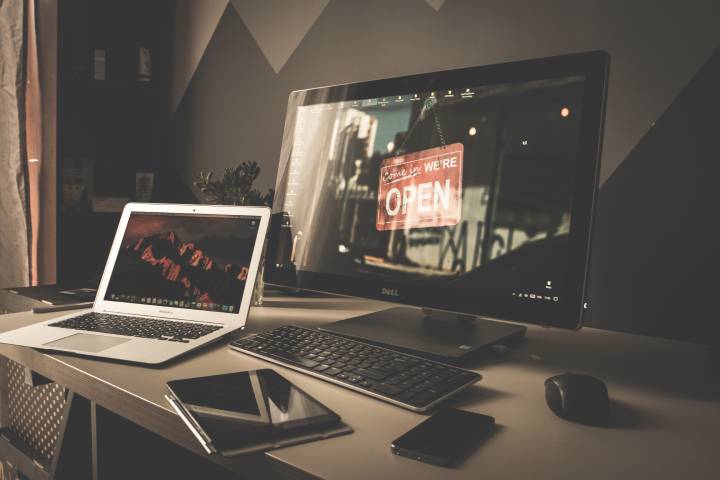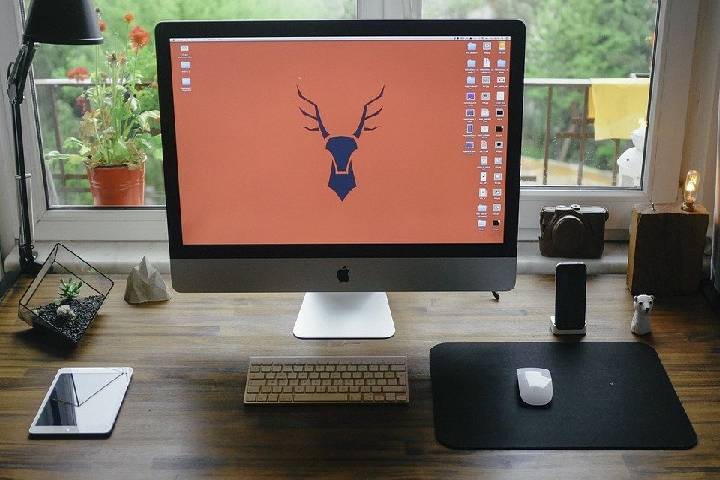Business
Why You Should Not “Cheap Out” On Business Laptops
Why You Should Not “Cheap Out” On Business Laptops. Security Considerations, Utility In Your Day-To-Day Operations, Resources To Help Choice.

Many Factors Define Laptop Efficiency
You can find a Lenovo or a Dell laptop in the $150 to 250 range brand new on sale. That laptop will do word processing, it will have internet access, and come preprogrammed with a few games. It’ll likely have adware as well, which is a pain. The cheaper the device, the higher the likelihood that annoying pop-ups will define startup and be hard to get rid of.
That said, for many, this kind of thing is all that’s necessary. However, for laptops that are repositories of important information, this is not enough. Two primary things are deciding factors. For one, consider security. The cheaper the computer, the more vulnerable it is to cybercrime.

You’re generally not going to find exceptionally cheap Apple devices unless they’re used and old. Good luck finding anything that’ll run modern software under $500 in the MacBook refurbishment camp. It’s there, but it’s quite essential. Meanwhile, Windows devices are international and common.
Table of Contents
1. Security Considerations
For cybercriminals, the majority of hack attacks have to do with a sort of spray-and-pray technique. They’ll send out varying hack attacks en masse. Instead of sending one email to a specific target, they’ll send a thousand emails aimed at average users who aren’t savvy about the new scam and hope they catch a few.
That’s not to say there isn’t directed hacking, either. This is sometimes called “spear-phishing”, and there’s also “whaling”, where management personnel at the top of corporate infrastructure are targeted for cybercriminal data theft.
Ransomware is targeted at such individuals. Also, hackers seek to get network access information to steal vital data like bank accounts and passwords.
2. Utility In Your Day-To-Day Operations
Beyond security, you need to think about utility. Cheap laptops have unresponsive trackpads, meaning you’ll likely need to get a wireless mouse. Their keyboards are also suspect. On the Lenovo Ideapad 110-15ACL, the “Shift” key is smaller than on virtually all other American devices, and it’s located right above the “Right Arrow” key.
If you type like most people—right-handed—you’re going to have quite a difficult time capitalizing on certain things. It ends up being quite an impediment to your daily grind, and, as with the wireless mouse, you end up having to buy a wireless keyboard as well. That’s in addition to all the adware and pop-up.
Plus, as you use cheap laptops, they become increasingly slower with notifications, adware, user error, and other issues. Lastly, the cheaper the computer, the faster its battery gets used up.
As Lenovo mentioned earlier, expect battery life to last about two hours before a recharge is needed once you’ve had it for a few months. Now the Ideapad 110-15ACL is explicitly a few years old, but the same features tend to define other cheap options as well.
3. Resources To Help Inform Your Choice
To more efficiently inform your business laptop acquisition, here’s a list of some of the best laptops out there. To condense it all, you’ll want something that’s mid-range and up for essential battery, speed, storage, processing capability, security, and overall user-friendliness. Look for models that specifically feature vital customer service.
The stronger the customer service, the less difficulty you’ll have in troubleshooting when issues develop. Even if you can farm such troubleshooting off to on-site IT personnel, they’ll thank you if customer service for the device in question is qualitative, as they’ll likely have to deal with those departments at some point.
The thing is, there’s a cost-benefit analysis to run here. If the device you choose is cheap, but it’s hard to operate, its battery always runs down, it doesn’t effectively safeguard proprietary data, and it’s a pain to use, then what you save in money directly you’ll lose on the back-end.
However, a device that’s four times more expensive than peers, but which runs fast, is reliable, secure, easy to use, has friendly customer service, incorporates long battery life, and is exceptionally portable will collaterally be more valuable to your business overall.
Workers can get things done faster and with less mental fatigue, and the device can be trusted. You’ll make back the extra money you spend.
4. Diverse Factors Determine Balance: The $750 Rule Of Thumb.
The balance for many businesses where employees aren’t doing processing-intensive work on their laptops tends to be between about $500 and $1,000.
If you are actually on a budget, you can find models in the $1,200 to $2,000 range in the $300 to $700 range if you buy them refurbished after a few years. As a rule of thumb, expect about $750 per unit for the best results overall regardless of brand.
-

 Instagram4 years ago
Instagram4 years agoBuy IG likes and buy organic Instagram followers: where to buy them and how?
-

 Instagram4 years ago
Instagram4 years ago100% Genuine Instagram Followers & Likes with Guaranteed Tool
-

 Business5 years ago
Business5 years ago7 Must Have Digital Marketing Tools For Your Small Businesses
-

 Instagram4 years ago
Instagram4 years agoInstagram Followers And Likes – Online Social Media Platform















